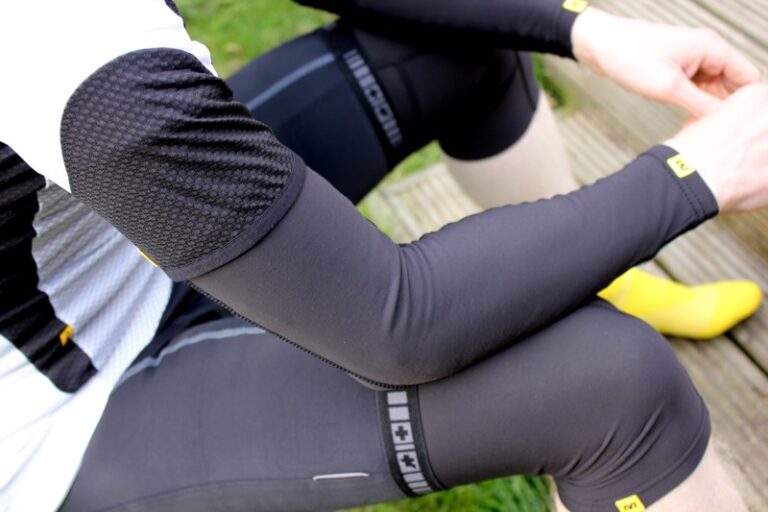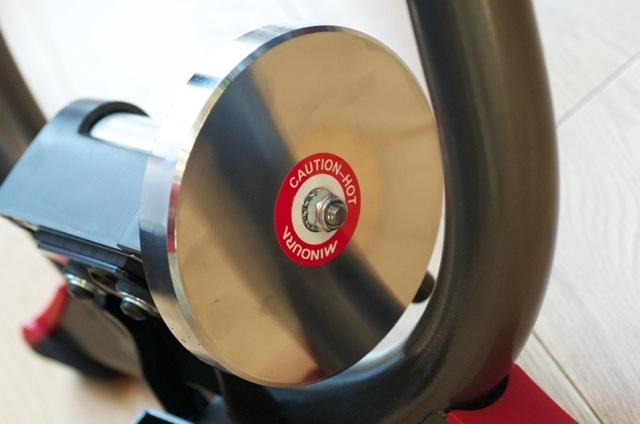Rotor’s new Flow crank has touched down at RCUK Towers.
The sharp-eyed may have noted them on the time trial machinery of Garmin-Sharp at the Tour de France.
Aerodynamics are the key consideration, evident in the rounded shape of the crank arms, and the dished design of the ‘Micro Adjust Spider’.

Rotor say the rounded crank arm has been designed using Computer Fluid Dynamics, software they say simulates a wind tunnel test, with the added advantage of being able to isolate a particular component; a useful approach, presumably, for a crank arm and spider designed separately, as these are.
The rounded profile of the crank arm is the result, say Rotor, of CFD analysis to determine the airflow encountered by the crank arm on its 360 degree journey around the bottom bracket.
The same approach has been applied to the MAS spider, designed, Rotor claim, to optimise the use of their own Q-Rings, by offering placement in increments half the distance of those from rival manufacturers.
Rotor’s claims for the Flow crank’s performance are bold: a weight of 563 grams without rings, a saving of 26.4 seconds over 180km for a rider averaging 200 watts, and an increase in rigidity of 10 per cent over ‘most aero cranks’ (a claim doubtless contested by Rotor’s rivals).
We’ll be testing them in the months ahead, so check back soon for a full review.





